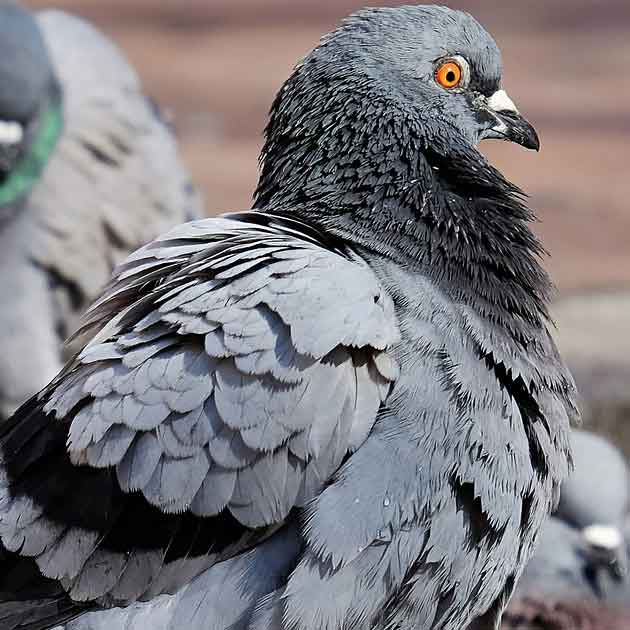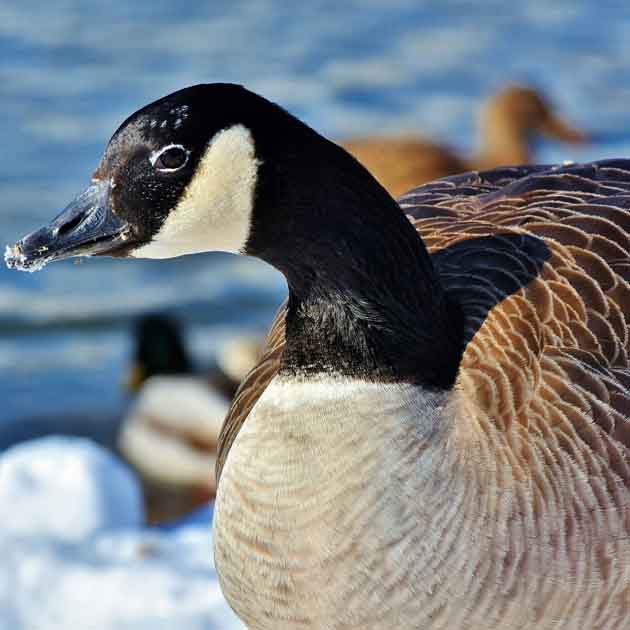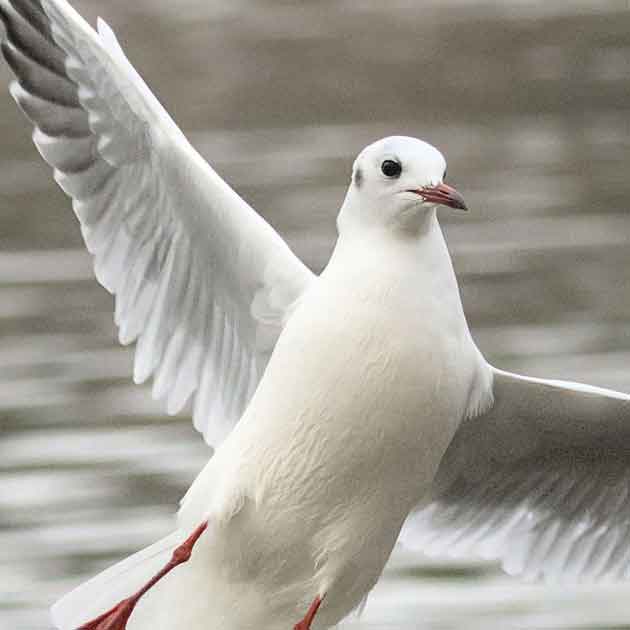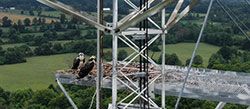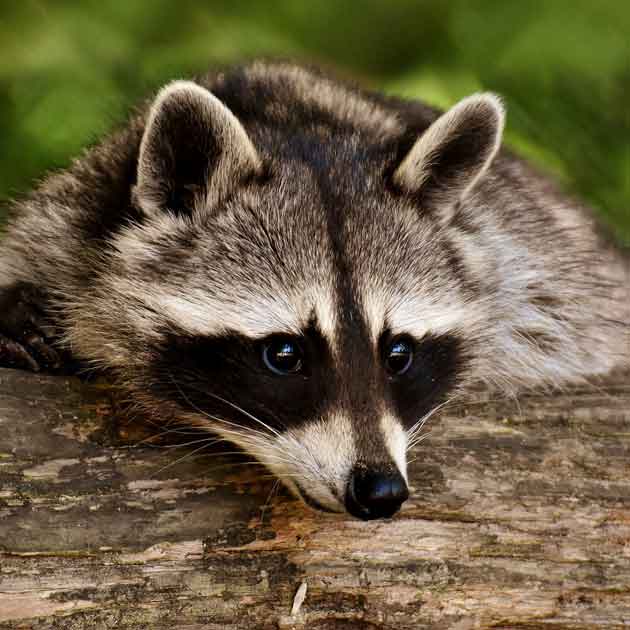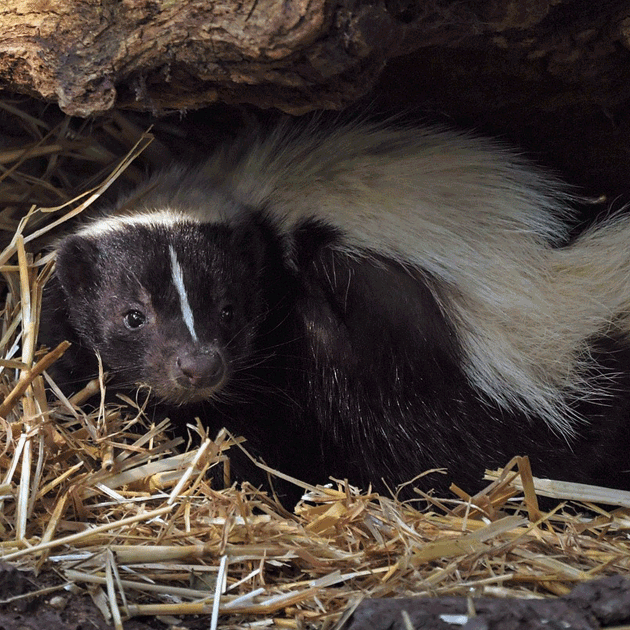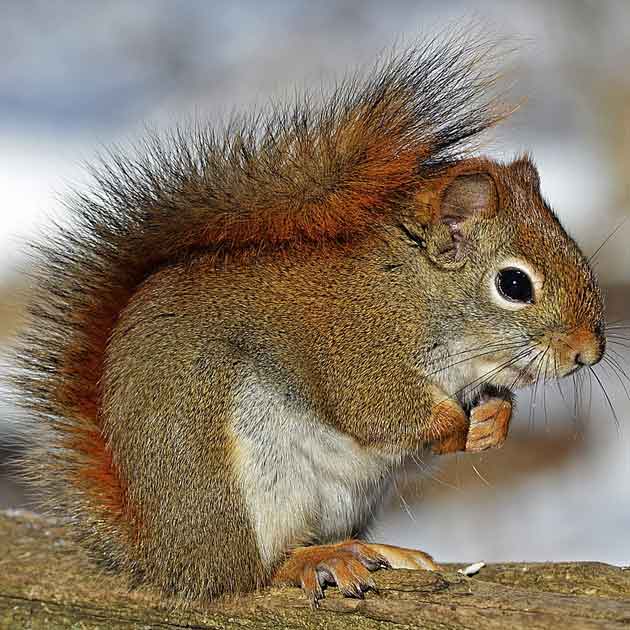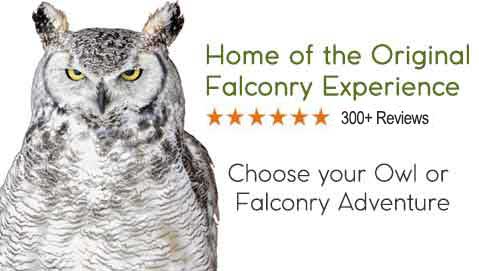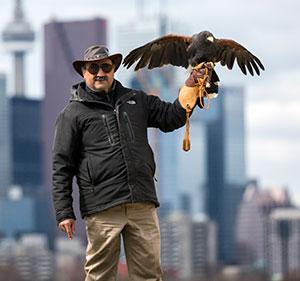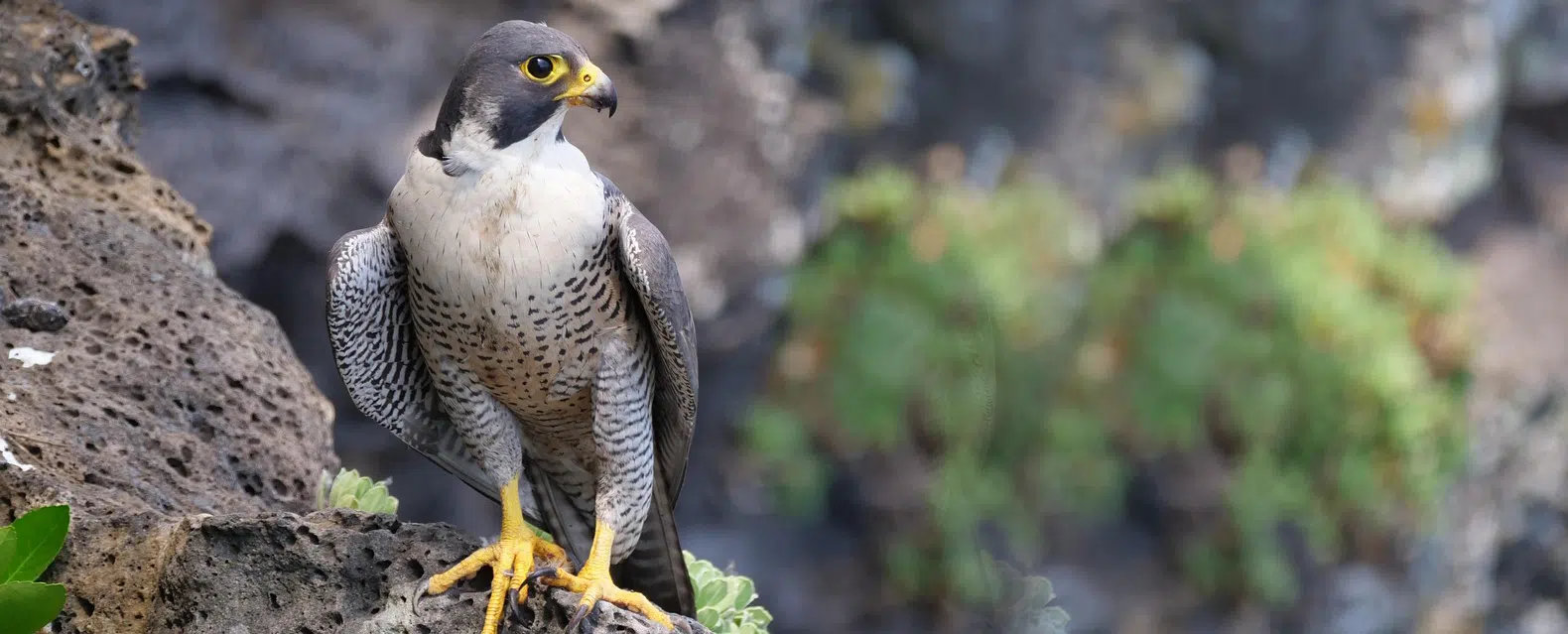The Peregrine Falcon: Almost Lost From Widespread Use Of DDT Pesticide
The peregrine falcon (Falco Peregrinus Anatum) is an extraordinary and impressive bird of prey found around the globe, everywhere except Antarctica. It is admired and celebrated for its great speed, agility and hunting prowess. The name peregrine comes from the Latin word for traveler. This traveler has one of the longest migrations in North America of up to 25,000 km (15,500 miles) round trip.
In the 1960’s this bird and other raptors - including the bald eagle and the osprey, came close to extinction, such was their great decline - mostly attributed to the widespread use of the strong pesticide DDT (dichlorodiphenyltrichloroethane). The strong connection between DDT (and pesticides in general) and the great decline in populations of peregrine falcons and other raptors, makes it critically important that the public and government use chemicals responsibly and take ownership of conservation efforts.
About the Peregrine Falcon:
- Length: 38cm to 50cm or 20 to 25 inches;
- Wingspan of 96 to 112cm or 30 to 44 inches;
- Weight of o.57 to 1.25kg or .1.25 to 2.75 lbs;
- Dark blue-grey plumage with black moustache markings, black bars on chest and long pointed wings;
- Nesting and habitat varies throughout the world. In North America it lives mostly on cliffs or high vantage points; it will find tall structures in urban environments;
- The falcon is carnivorous like other birds of prey, feeding on smaller birds, waterfowl and small mammals;
- The only threats to Peregrine Falcons are larger birds of prey and humans.
DDT was first synthesized by the Austrian chemist Othmar Ziegler in 1874. The insecticidal action of DDT was discovered by Swiss chemist Paul Muller in 1939. It was used during the second half of WWII to stop the spread of malaria and typhus in the civilian and military populations. It worked tremendously well, so well that the WHO relied on DDT in their antimalarial campaign on the 50’s and 60’s. But, there was a resurgence of malaria after DDT was banned. Its use was widespread in agriculture, as well, to protect crops from being ravaged by insects.
What does DDT do to Falcons?
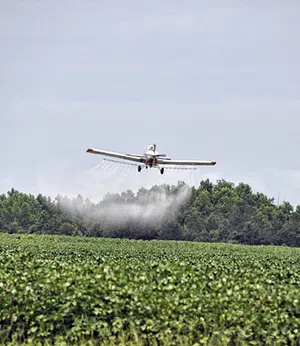
DDT interferes with calcium metabolism and the reproductive tracts in raptors leading to very thin eggshells. The shells are so fragile they break under the weight of the parent incubating the eggs or they fail to hatch because of structural weakness of the egg. The ensuing reproductive failure caused a pronounced decline in the population of many raptors including the peregrine falcon, bald eagle and osprey world wide, wherever DDT was used.
DDT is a persistent organic pollutant (POP), meaning it persists and remains in the environment for more than 15 years. It takes quite some time for it to break down. DDT and other POP’s move through the food chain by a process known as bio magnification. Insects exposed to DDT are eaten by smaller birds which are in turn eaten by falcons and other raptors. DDT also gets into the water and fish are exposed to it.. In turn, the fish are eaten by birds, water fowl and raptors. Raptors prey upon the waterfowl and water birds. As raptors are at the top of the food chain they ingest everything their prey has eaten as well. So they have far higher levels of DDT and other pollutants with concentrations high enough to threaten their very survival.
The role of Rachel Carson and her book “Silent Spring”
The book ”Silent Spring” was written by Rachel Carson and published in 1962. Carson took four years to write a very well documented “story” of how DDT entered the food chain and accumulated in the fatty tissues of animals, birds and humans, causing cancer and genetic damage. Her work was so well researched and documented, including notes and a list of experts who read and approved the manuscript, the public outcry was tremendous. It came to the attention of President Kennedy, who ordered a Government Science Advisory Committee to examine the issues raised in the book. The need to protect the environment in order to protect human life became widely accepted and the need to regulate industry to do just that was born. Silent Spring motivated the public towards a growing environmental movement towards conservation. In 1972 DDT was banned in the U.S. for agricultural use.
The Success of Conservation
Several conservation groups started breeding and release programs for those raptors that were endangered. The Peregrine Fund is one of these groups. They were extremely successful in restoring raptor populations and bringing back the peregrine falcon. It was taken off the endangered species list in 1999. The northeastern United States where the peregrine falcon was almost wiped out there is now a healthy population of falcons, attesting to the success of the program. Hundreds of Falconers worldwide also assisted in the breeding and release of raptors around the world.
Continuing Peregrine Conservation Efforts
Rachel Caron’s book spotlighted the need for conservation and preserving the environment - it has taken off around the globe. There are conservation groups around the world who constantly bring attention to ecological problems and work to reverse damages, especially in regards to pollutants from chemicals used for manufacturing that get dumped and chemicals used in agriculture that are destroying natural habitats.
Public Awareness
Public awareness is paramount in preserving our ecosystems around the globe. The more people are aware of what is happening the less likely it is to continue when it comes to pollutants and dying ecosystems. When people get out into nature and learn to appreciate the wildlife and their habitat the healthier we will all be.
Effective Policies and Enforcement
Monitoring and regulation are critical to protect vulnerable species of wildlife and to prevent ecological destruction. Effective polices and enforcement of chemicals and technologies being used in the environment needs close monitoring of the potential health impacts before widespread use is allowed. As always, when the health of our ecosystems is threatened, we, as humans, are also threatened. Exposure to POP’s and DDT in particular, can cause cancers, neurodevelopment issues in children, spontaneous abortions, decreased semen quality. It’s not just our environment that is at risk.
It's Up to Us
The use of chemicals such as DDT in our environment and what happened to the peregrine falcon, other raptors and wildlife species should serve as a wakeup call to everyone around the globe. Unintended consequences can happen even when there are good intentions. It is a powerful reminder that we, as a people, have the capacity to harm, and to heal the environment we live in. It also shows the resilience of Mother Nature when we take a hand in righting the wrongs done to her.
Hawkeye's Role in the Environment
Here at Hawkeye Bird & Animal Control, we strive to work with the environment, with nature wherever possible. Our Falconry for Bird Control program is so wildly successful because we use the natural prey/predator relationship to move whole flocks of birds. No poisons needed. By flying a bird of prey in an area inundated with pest birds and a few habitat modifications, we offer the birds in question the opportunity to make the decision to move on without having to injure or kill. By closely studying the habits of birds like Canada Geese, we are able to deploy custom solutions that make the area appear unsafe and undesirable. Contact us to discuss your particular situation and let's find a solution that accomplishes your goals while protecting the environment.


